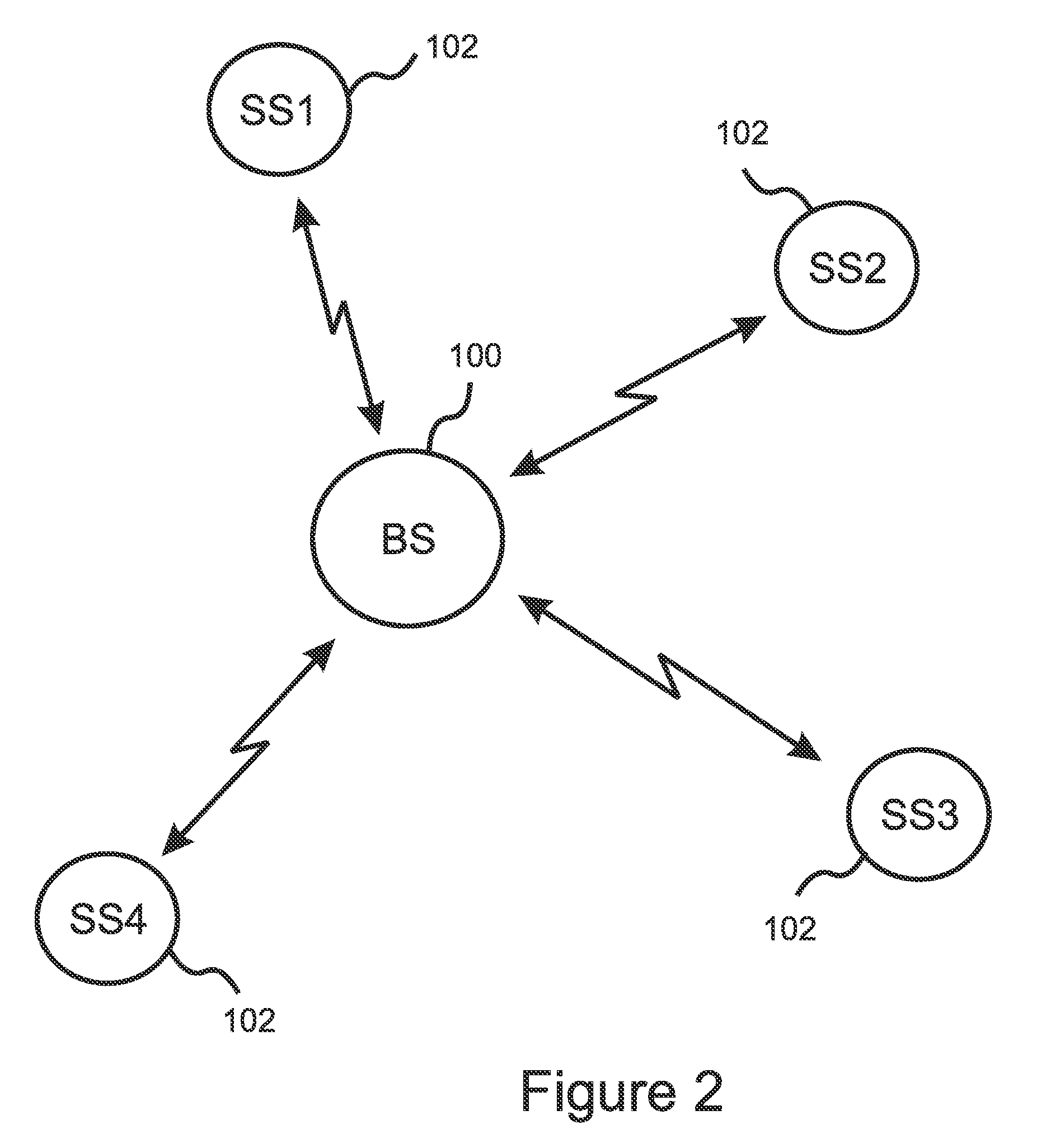Method for collaborative discrimation between authentic and spurious signals in a wireless cognitive network
a cognitive network and wireless network technology, applied in the field of wireless networks, can solve the problems of insufficient approach, inefficient use of bandwidth, short availability of communication bandwidth, etc., and achieve the effects of improving discrimination between valid incumbents, increasing signal categorization confidence, and improving confiden
- Summary
- Abstract
- Description
- Claims
- Application Information
AI Technical Summary
Benefits of technology
Problems solved by technology
Method used
Image
Examples
Embodiment Construction
[0060]With reference to FIG. 7A, the present invention is a method for improving the detection and verification of incumbent signals in a WRAN environment while providing protection against disruption of the WRAN by spurious signals and denial of service attacks. The invention includes the steps of collaborative sensing 700 of the radio environment by the base station 100 and the SPE's 102, collectively referred to as the “nodes” of the WRAN, and authenticating valid incumbent signals based on fusion 706 of the information reported by the nodes. A spectrum manager 708 then determines which channels are to be used by the WRAN based on the authentication results.
[0061]FIG. 7A illustrates the basic steps in an embodiment of the present invention. After collecting sensing and location information from all of the nodes 700, including location information, the signal authenticator consults a database so as to determine if any of the nodes lies within a protected region assigned to a known...
PUM
 Login to View More
Login to View More Abstract
Description
Claims
Application Information
 Login to View More
Login to View More - R&D
- Intellectual Property
- Life Sciences
- Materials
- Tech Scout
- Unparalleled Data Quality
- Higher Quality Content
- 60% Fewer Hallucinations
Browse by: Latest US Patents, China's latest patents, Technical Efficacy Thesaurus, Application Domain, Technology Topic, Popular Technical Reports.
© 2025 PatSnap. All rights reserved.Legal|Privacy policy|Modern Slavery Act Transparency Statement|Sitemap|About US| Contact US: help@patsnap.com



